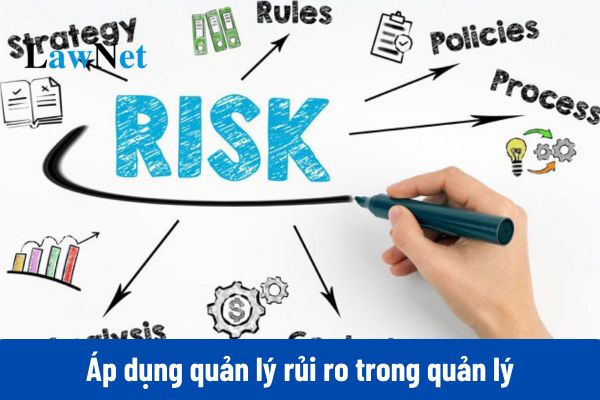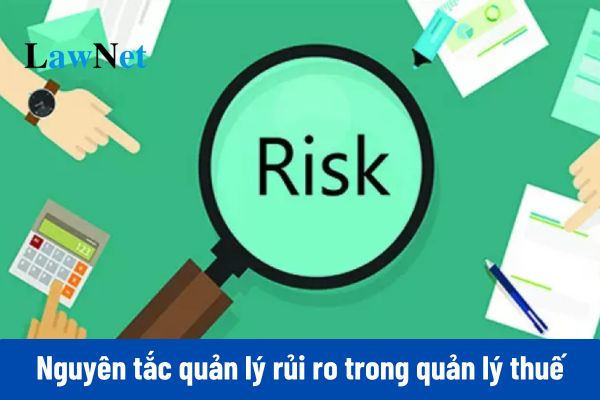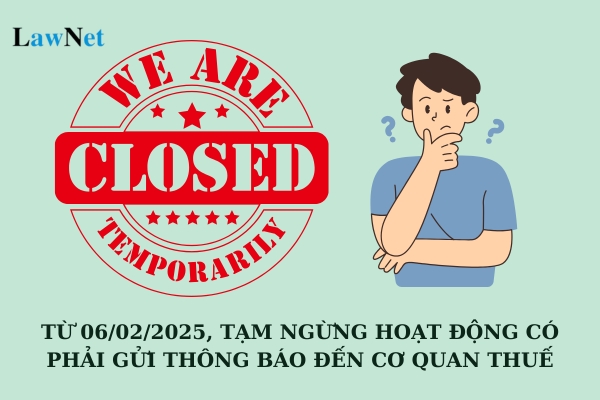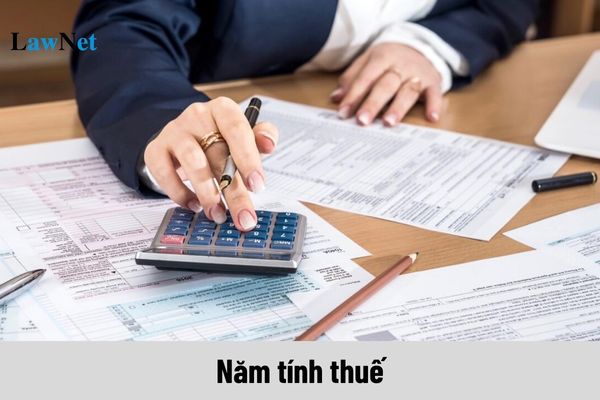How to assess the compliance with tax laws in Vietnam?
How to assess the compliance with tax laws in Vietnam?
According to Article 10 of Circular 31/2021/ND-CP, provisions for the assessment of taxpayers' compliance with tax laws are specified as follows:
- Taxpayers are assessed and categorized according to one of the following levels of tax compliance:
+ Level 1: High compliance.
+ Level 2: Average compliance.
+ Level 3: Low compliance.
+ Level 4: Non-compliance.
- The level of tax compliance of taxpayers is categorized based on the criteria stipulated in Appendix 1 of Circular 31/2021/ND-CP.
- The results of the tax compliance assessment of taxpayers are monitored and handled by the tax authorities as follows:
+ For taxpayers categorized at the level of non-compliance, management measures will be enacted as specified in Article 22 of Circular 31/2021/ND-CP;
+ For taxpayers with levels of high, average, low compliance, and non-compliance, analyze the nature of behavior to determine measures to enhance compliance.

How to assess the compliance with tax laws in Vietnam? (Image from the Internet)
What are measures for improving compliance levels in Vietnam?
Based on Article 14 of Circular 31/2021/ND-CP, according to the results of the tax compliance assessment stipulated in Article 10 of Circular 31/2021/ND-CP, tax authorities analyze the behavioral nature and scale of each level of taxpayer tax compliance and develop plans to enhance tax compliance with appropriate handling measures for each compliance issue as follows:
(1) For cases of high compliance: Include in the list for consideration and selection for commendation and reward for taxpayers who comply with tax laws.
(2) For cases that need to enhance compliance:
- Coordinate with relevant agencies, organizations, and tax agents to deploy measures to support taxpayers in performing tax procedures; organize programs to meet with taxpayers, hold dialogue conferences, workshops, and training sessions to help taxpayers fulfill their tax obligations accurately and sufficiently;
- Study policy amendments, simplify administrative procedures, deploy support measures, and apply information technology to make tax declaration and payment convenient, saving time and compliance costs for taxpayers;
- Classification of risks and application of tax management measures for taxpayer risk levels as stipulated in Articles 15, 16, 17, 18, 19, 20, 21, 22 of Circular 31/2021/ND-CP.
What is the classification of levels of risks of taxpayers that are enterprises in Vietnam?
Pursuant to Article 11 of Circular 31/2021/ND-CP, the provisions for assessing tax compliance of taxpayers that are enterprises are as follows:
(1) Classification of overall risk level
- taxpayers that are enterprises are classified into risk levels as follows:
+ Level 1: Very low risk taxpayers.
+ Level 2: Low risk taxpayers.
+ Level 3: Average risk taxpayers.
+ Level 4: High risk taxpayers.
+ Level 5: Very high risk taxpayers.
- The risk level of taxpayers is classified based on the results of the tax compliance assessment in Article 10 and the criteria stipulated in Appendix 2 of Circular 31/2021/ND-CP.
- Handling results of classification of risk levels for taxpayers that are enterprises:
+ For taxpayers at very high and high risk levels, apply management measures as specified in Article 22 of Circular 31/2021/ND-CP;
+ Depending on tax management work requirements in each period, taxpayers at risk levels may continue to be classified into risk levels in tax management operations stipulated in (2).
(2) Classification of risk level in tax management operations
- The risk level of taxpayers that are enterprises in tax management operations is classified as follows:
+ High risk.
+ Average risk.
+ Low risk.
- The risk level of taxpayers in tax management operations is classified based on the taxpayer risk rating results at clause 1 of this Article and the criteria stipulated in Appendix 2 of Circular 31/2021/ND-CP.
- Handling results of classification of risk levels
The classification results of taxpayers' risk levels are applied with tax management measures in each tax management operation stipulated in Chapter 4 of Circular 31/2021/ND-CP.
What are regulations on the classification of levels of risks of taxpayers that are individuals in Vietnam?
Pursuant to Article 12 of Circular 31/2021/ND-CP, the classification of risk levels for taxpayers that are individuals is as follows:
- The risk level of taxpayers that are individuals is classified into the following levels:
+ High risk.
+ Average risk.
+ Low risk.
- The risk level of taxpayers that are individuals is classified based on the results of the tax compliance assessment in Article 10 and the criteria stipulated in Appendix 3 of Circular 31/2021/ND-CP.
- Handling results of classification of taxpayers that are individuals' risk levels:
The classification results of taxpayers that are individuals' risk levels are applied with tax management measures as specified in Article 15 of Circular 31/2021/ND-CP.










- What are Answers to Round 3 of the Contest on Learn about the 95th Anniversary of the Founding of the Communist Party of Vietnam and the History of the CPV Committee of Quang Ninh Province?
- How to calculate benefits for those retiring early upon downsizing in Vietnam? Is the retirement allowance subject to PIT?
- What is the initial licensing fee declaration form in Vietnam in 2025? How to complete the 2025 licensing fee declaration?
- What is the schedule of fees for chemical affairs in Vietnam? What are regulations on the management and use of fees in chemical affairs in Vietnam?
- What are the slaughtering control fees in veterinary in Vietnam? Are livestock farms subject to environmental protection fees in Vietnam?
- What are instructions for completing the tax declaration for fixed tax payers changing tax calculation methods in Vietnam (Form 01/CNKD)?
- How to determine the 2025 Tet bonus fund for Vietnamese officials and public employees according to Decree 73? Are 2025 Tet bonuses for Vietnamese officials and public employees taxable?
- What is the 2025 Tet holiday schedule for Shopee couriers in Vietnam? Shall goods under 1 million VND sent via express delivery to Vietnam not be exempted from import duty?
- What is the fixed asset liquidation minutes form in Vietnam according to Circular 200/2014?
- How to calculate benefits for Vietnamese tax officials retiring early in 2025?

